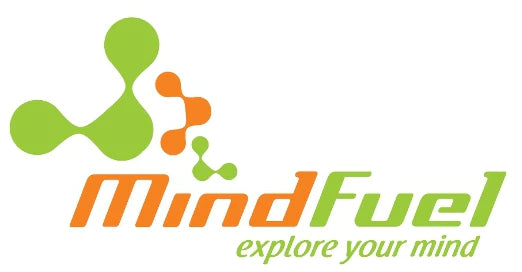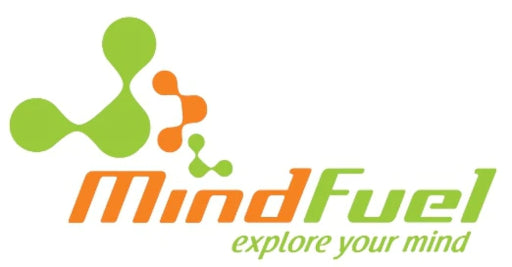- Home
- Smartshop
- Blue Lotus
- Kava
- Kanna
- Ecsplore
- Headshop
- Sale
- New
- Blog
-
Addiction Solutions 6
-
Biohacking 14
-
Biology 60
-
Vitamins 14
-
Minerals 11
-
Amino Acids 18
-
Neurotransmitters 10
-
-
Cannabis 28
-
Culture 19
-
Harm Reduction 6
-
Kava 6
-
Mushrooms 9
-
Plants 15
-
Psychoactive Substances 19
-
Psychonauts 11
-
Vaporizing 3
Contact High
The phenomenon of the "contact high" has been a topic of interest for many years. It refers to the situation where someone who is not directly consuming a substance which causes a high, such as weed, experiences an intoxicating effect just by being in close proximity to people who are using it. The concept of the "contact high" is often debated, with some people claiming it's a real phenomenon, while others dismiss it as nothing more than a placebo effect.
The idea behind the "contact high" is that the psychoactive compounds in cannabis, such as THC, can be released into the air through exhalation or smoke. This means that if someone is in close proximity to someone smoking marijuana, they could inhale some of the drug themselves and experience the effects. However, the amount of THC that would be inhaled through secondhand smoke would be significantly less than if someone were to smoke the drug directly, so the intensity of the effect would likely be weaker.
There is some evidence to suggest that the "contact high" is a real phenomenon, although the effects may be more psychological than physical. For example, a study published in the journal Drug and Alcohol Dependence found that participants who were exposed to secondhand cannabis smoke reported feeling "stoned" and experienced impairments in cognitive function, such as memory and attention. However, the effects were relatively mild and short-lived, and it's unclear whether they were caused by the THC in the smoke or by the participants' expectations.
On the other hand, some experts argue that the "contact high" is nothing more than a placebo effect. This means that people who believe they are experiencing the effects of marijuana are actually just responding to their own expectations and perceptions, rather than any real physical effects of the drug. This theory is supported by research showing that people who are given a placebo and told it's a drug can experience similar effects as those who are given the real drug.
In conclusion, the phenomenon of the "contact high" is a complex and controversial topic. While there is some evidence to suggest that people can experience mild intoxicating effects from being around others who are using weed, the intensity and duration of the effects are likely to be much weaker than if someone were to use the herb directly. The placebo effect may also play a role in the "contact high" experience, as people's expectations and perceptions can influence their response to the drug. Overall, more research is needed to fully understand the "contact high" phenomenon and its potential effects on individuals.
References:
Newmeyer, M. N., & Swortwood, M. J. (2015). Marijuana smoke and drug interactions: implications for forensic toxicology. Journal of Analytical Toxicology.
Bonsignore, A. M., Lynch, K. L., Svirsky, L. N., & Silverberg, M. J. (2016). A contact high: cannabis in the era of legalization. The American Journal of Medicine.
Ménard, J., & Treasure, K. (2017). Placebo effects in marijuana use: a review. Current Addiction Reports.
Ramaekers, J. G., Mason, N. L., & Theunissen, E. L. (2020). Blunted affect and other subjective effects of cannabis are reflected in an increased heartbeat: A placebo-controlled study. Journal of Psychopharmacology.
Vandrey, R. (2018). Pharmacokinetic and pharmacodynamic profiles of smoked and vaporized cannabis in occasional and regular users. Current Topics in Behavioral Neurosciences.
About MindFuel
Explore Your Mind with Aotearoa's Premier Online Smartshop & Headshop.
Discover Blue Lotus, Kava, Kanna, Ecsplore, Happy Caps, Clear Focus, Elevated Botanicals, Herbal Pipes, Vaporizers & Infusion Machines.
Enhancing Minds Since 2004.
Discover
Join Us
Be the first to know.





